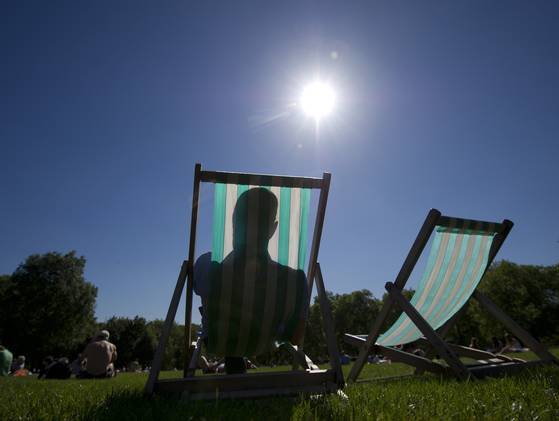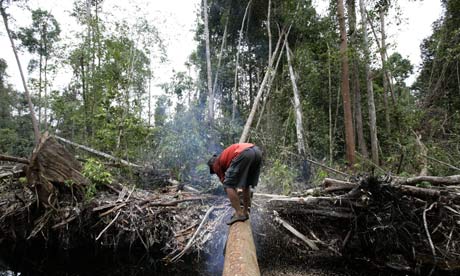A Duke University-led study has found high levels of arsenic, selenium and other toxic elements in coal ash effluents and in North Carolina lakes and rivers located downstream from coal-fired power plants’ settling ponds.
Researchers collected and analyzed more than 300 water samples from 11 lakes and rivers for the study, which was published today in the peer-reviewed journal Environmental Science & Technology.
High Levels of Coal Ash Contaminants Found in N.C. Waters
New Report Confirms Fracking is Reckless
 A new report1 on shale resources and hydraulic fracturing from the Government Accountability Office (GAO)—an independent, nonpartisan agency that works for Congress—concludes that fracking poses serious risks to health and the environment.
A new report1 on shale resources and hydraulic fracturing from the Government Accountability Office (GAO)—an independent, nonpartisan agency that works for Congress—concludes that fracking poses serious risks to health and the environment.
The report, which reviewed studies from state agencies overseeing fracking as well as scientific reports, found that the extent of the risks has not yet been fully quantified and that there are many unanswered questions and a lack of scientific data.
September tied for world's warmest September on record
 September 2012 tied for the warmest September on record worldwide, scientists from the National Oceanographic and Atmospheric Administration announced Monday.
September 2012 tied for the warmest September on record worldwide, scientists from the National Oceanographic and Atmospheric Administration announced Monday.
The average global temperature in September was 60.21°F, or 1.21°F above the 20th-century average. This was the same reading measured in September 2005.
Most areas of the world experienced higher-than-average monthly temperatures, including central Russia, Japan, western Australia, northern Argentina, Paraguay, western Canada and southern Greenland.
Pinkwashing Fracking? How the Komen Board Is Cashing in on Shale Gas
 The Wizard of Oz was spot on when he said to “Pay no attention to the man behind the curtain.” That’s good life advice if you fall into the “Ignorance is bliss” camp. For a journalist though, it’s doing the exact opposite that’s a sin qua non for the job.
The Wizard of Oz was spot on when he said to “Pay no attention to the man behind the curtain.” That’s good life advice if you fall into the “Ignorance is bliss” camp. For a journalist though, it’s doing the exact opposite that’s a sin qua non for the job.
Kevin Begos of the Associated Press took the Wizard’s advice to heart in his July 22 story titled, “Experts: Some fracking critics use bad science.”
Citing “Gasland” director Josh Fox’s viral video “The Sky is Pink” as an example, Begos wrote, “Opponents of fracking say breast cancer rates have spiked exactly where intensive drilling is taking place — and nowhere else in the state…But researchers haven’t seen a spike in breast cancer rates in the area.”
Chesapeake Pleads Guilty to Clean Water Act Violations Associated with Marcellus Shale Drilling
 According to a Department of Justice press release, Chesapeake Appalachia pled guilty on Oct. 5 in federal court to three violations of the Clean Water Act related to natural gas drilling activity in northern West Virginia. The press release states:
According to a Department of Justice press release, Chesapeake Appalachia pled guilty on Oct. 5 in federal court to three violations of the Clean Water Act related to natural gas drilling activity in northern West Virginia. The press release states:
Chesapeake pled guilty to three counts of “Unauthorized Discharge into a Water of the United States” in that it discharged sixty (60) tons of crushed stone and gravel into Blake Fork, a water of the United States, on at least three different occasions in December of 2008.
Chesapeake also admitted that after discharging the stone and gravel that it then spread the material in the stream to create a roadway for the purpose of improving access to a site associated with Marcellus Shale drilling activity in Wetzel County, West Virginia.
Disney breaks ties with paper makers over Indonesian rainforest concerns
 Environmentalists campaigning to prevent the wholesale destruction of the Indonesian rainforest scored a major victory on Wednesday after coaxing the Walt Disney company, one of the world's largest publishers of children's books, to revamp its paper purchasing policies and sever ties with two of Asia's most controversial pulp and paper manufacturers.
Environmentalists campaigning to prevent the wholesale destruction of the Indonesian rainforest scored a major victory on Wednesday after coaxing the Walt Disney company, one of the world's largest publishers of children's books, to revamp its paper purchasing policies and sever ties with two of Asia's most controversial pulp and paper manufacturers.
After two years of occasionally testy exchanges and intense negotiation with the Rainforest Action Network (Ran), a San Francisco-based advocacy group, Disney agreed in a new written policy to do everything it could to safeguard endangered forests and their ecosystems, which support the sorts of animals celebrated in Disney feature films and their multimedia spinoffs.
Protests to Stop Minisink Compressor Station Continue in NY
 The 16-month battle against the Minisink Compressor project in Orange County, NY, has been ramping up dramatically over the last week, and it appears to be far from over.
The 16-month battle against the Minisink Compressor project in Orange County, NY, has been ramping up dramatically over the last week, and it appears to be far from over.
Despite the fact that a rehearing is pending, and further litigation is imminent, Millennium Pipeline began construction of the highly contentious natural gas facility on Oct.1. For five consecutive days, Minisink residents have managed to seriously delay construction activities by physically blocking the entrance to the site of the proposed compressor station. Two residents were arrested for disorderly conduct—a father of two young children on Monday and a local farmer on Tuesday.
With gas firms entering central California, vineyard owners unsure of fracking effects on land
 Paula Getzelman and her neighbors in the Southern Monterey County Rural Coalition have three tasks on their agenda:
Paula Getzelman and her neighbors in the Southern Monterey County Rural Coalition have three tasks on their agenda:
1. Combat the aggressive yellow star-thistle weed that is invading vineyards. 2. Add a bike lane to the gravel road that leads to their homes.
3. Learn more about the secretive fracking operations going on over the hill.
That last item is proving thornier than any noxious weed or road expansion. New neighbors aren't common here, but gas companies are moving into California's vast central stretches in the hopes of turning the state's Monterey Shale into the next Marcellus Shale.
Texas pollution victims seek millions from Citgo

A jury in 2007 convicted Citgo of criminal violations of the Clean Air Act, concluding that the company’s Corpus Christi refinery allowed toxic chemicals to drift from two large, uncovered storage tanks into a nearby neighborhood for a decade.
More Articles...
Page 69 of 156

 Environmental News Archive
Environmental News Archive


































